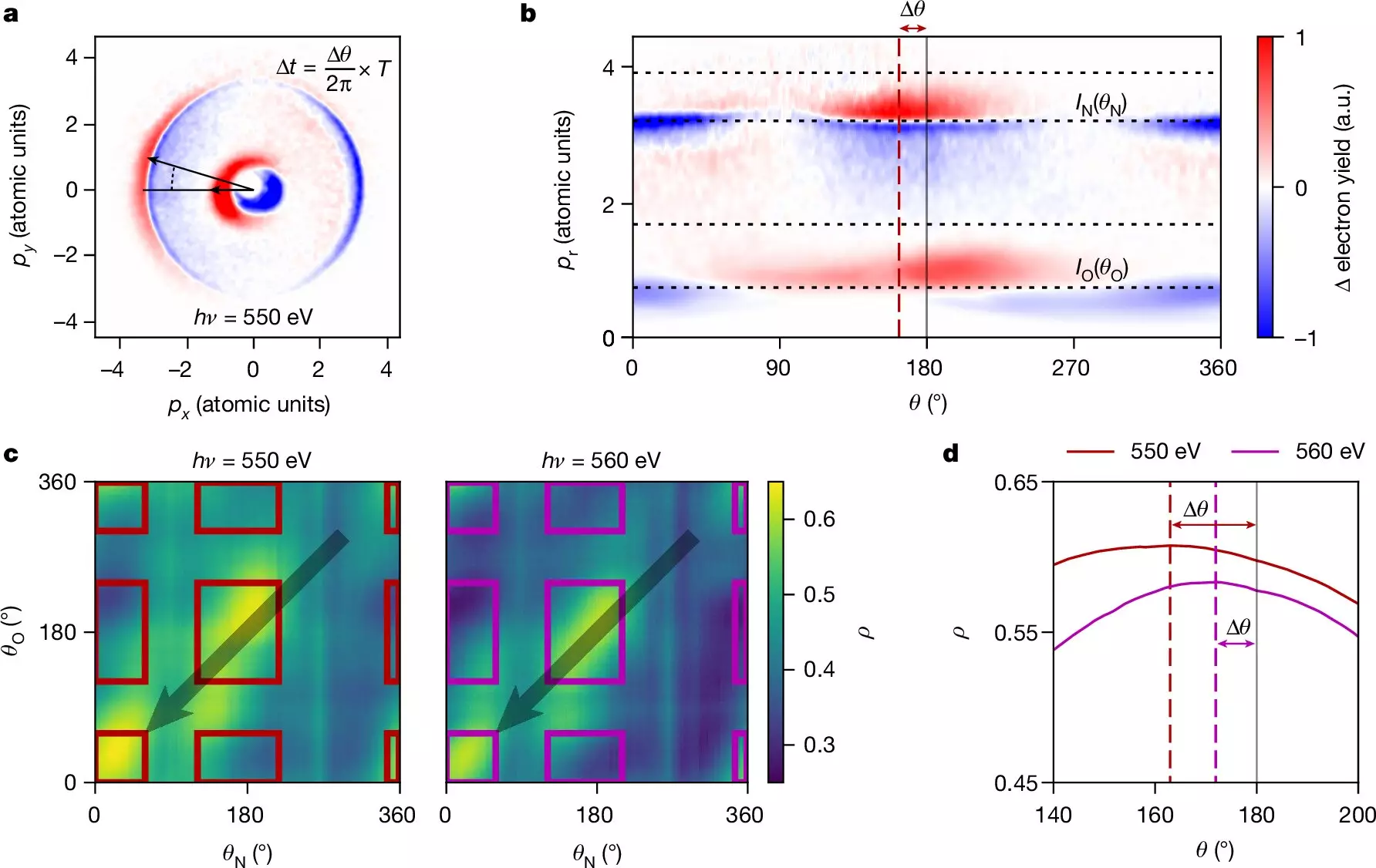The photoelectric effect, first described by Albert Einstein over a century ago, remains a fundamental phenomenon in the realm of quantum mechanics. When an atom or molecule absorbs a photon of light, it can emit an electron, leading to a chain of complex interactions. These interactions are crucial in various technological applications, such as semiconductors and solar cells.
A team of scientists from the Department of Energy’s SLAC National Accelerator Laboratory has recently made significant strides in unraveling the mysteries surrounding the photoelectric effect. Their groundbreaking research, published in Nature, sheds new light on electron-electron interactions, a key aspect of this phenomenon.
Lead author Taran Driver emphasized the importance of their work, stating, “Einstein won the Nobel Prize for describing the photoelectric effect, but a hundred years later, we’ve only just begun to truly understand the underlying dynamics.” This acknowledgment highlights the complexity and depth of the research conducted by the team.
The scientists utilized an attosecond X-ray pulse from SLAC’s Linac Coherent Light Source (LCLS) to ionize core-level electrons in molecules. This cutting-edge technology allowed them to measure the “photoemission delay,” which signifies the time elapsed between photon absorption and electron emission.
By employing a separate laser pulse to kick the electrons in different directions based on the emission time, the researchers were able to achieve high precision in their measurements. The delays observed, up to 700 attoseconds, exceeded previous predictions, challenging existing theoretical models and paving the way for new insights into electron behavior.
The implications of this research extend beyond the realm of fundamental physics. According to co-author James Cryan, “The ability to measure and interpret these delays helps scientists better analyze experimental results, particularly in fields like protein crystallography and medical imaging, where X-ray interactions with matter are crucial.” This broadens the scope of the study’s impact and underlines its significance in diverse scientific disciplines.
This study serves as a precursor to a series of planned experiments aimed at delving deeper into the dynamics of electrons in different molecular systems. Researchers are already utilizing the developed technique to explore more complex molecules, revealing new facets of electron behavior and molecular structure.
Co-author Agostino Marinelli emphasized the rapid evolution of this field, stating, “The flexibility of LCLS allows us to probe a wide range of energies and molecular systems, making it a powerful tool for making these types of measurements.” This acknowledgment of the evolving nature of the research hints at the endless possibilities for future discoveries in the realm of electron dynamics.
The team of scientists at SLAC National Accelerator Laboratory has made remarkable progress in unraveling the intricate nature of the photoelectric effect. Their research not only enhances our understanding of fundamental physics but also opens up new avenues for technological advancements and scientific explorations. With further advancements in technology and methodologies, we can expect even more groundbreaking discoveries in the field of electron dynamics in the years to come.


Leave a Reply